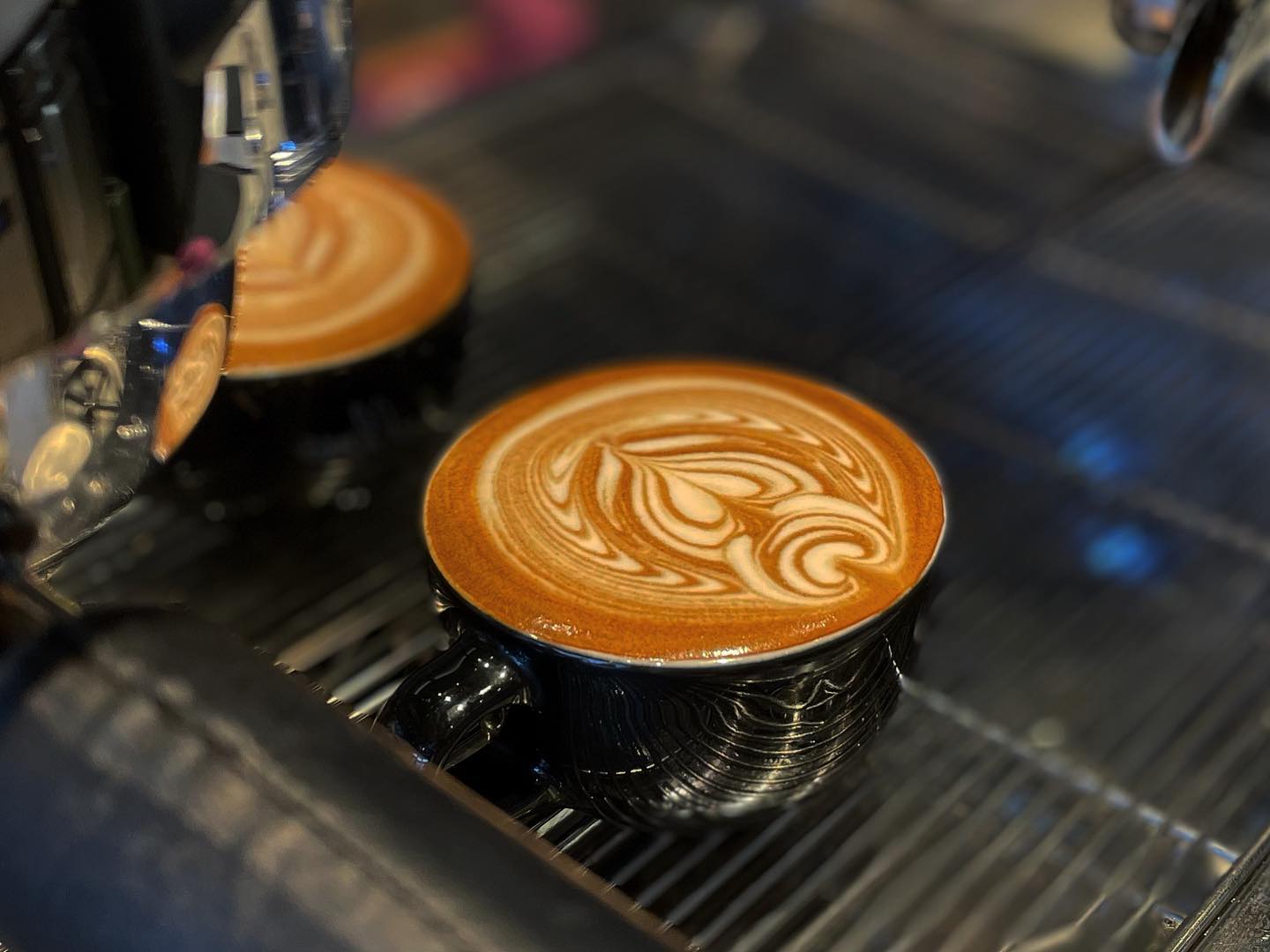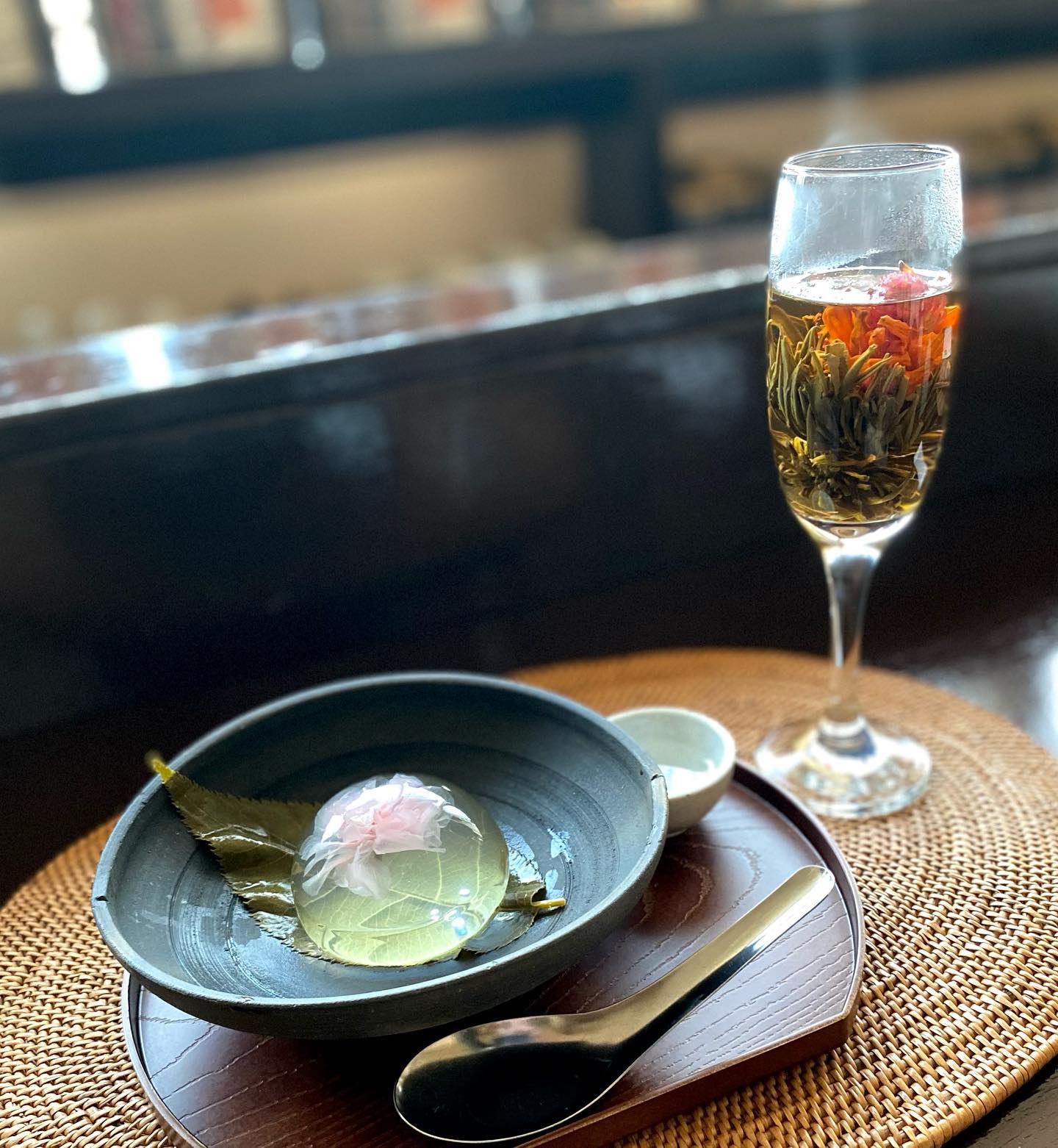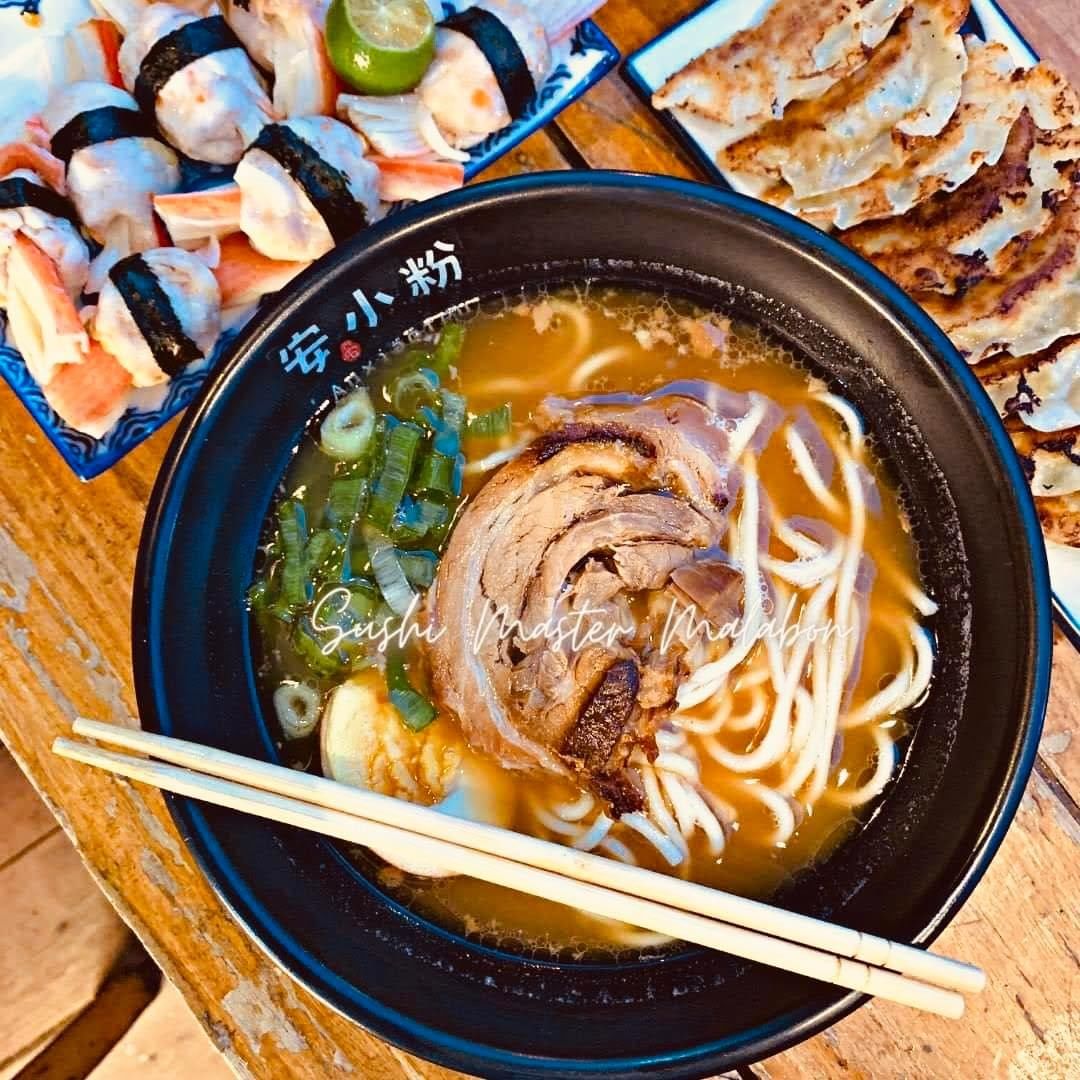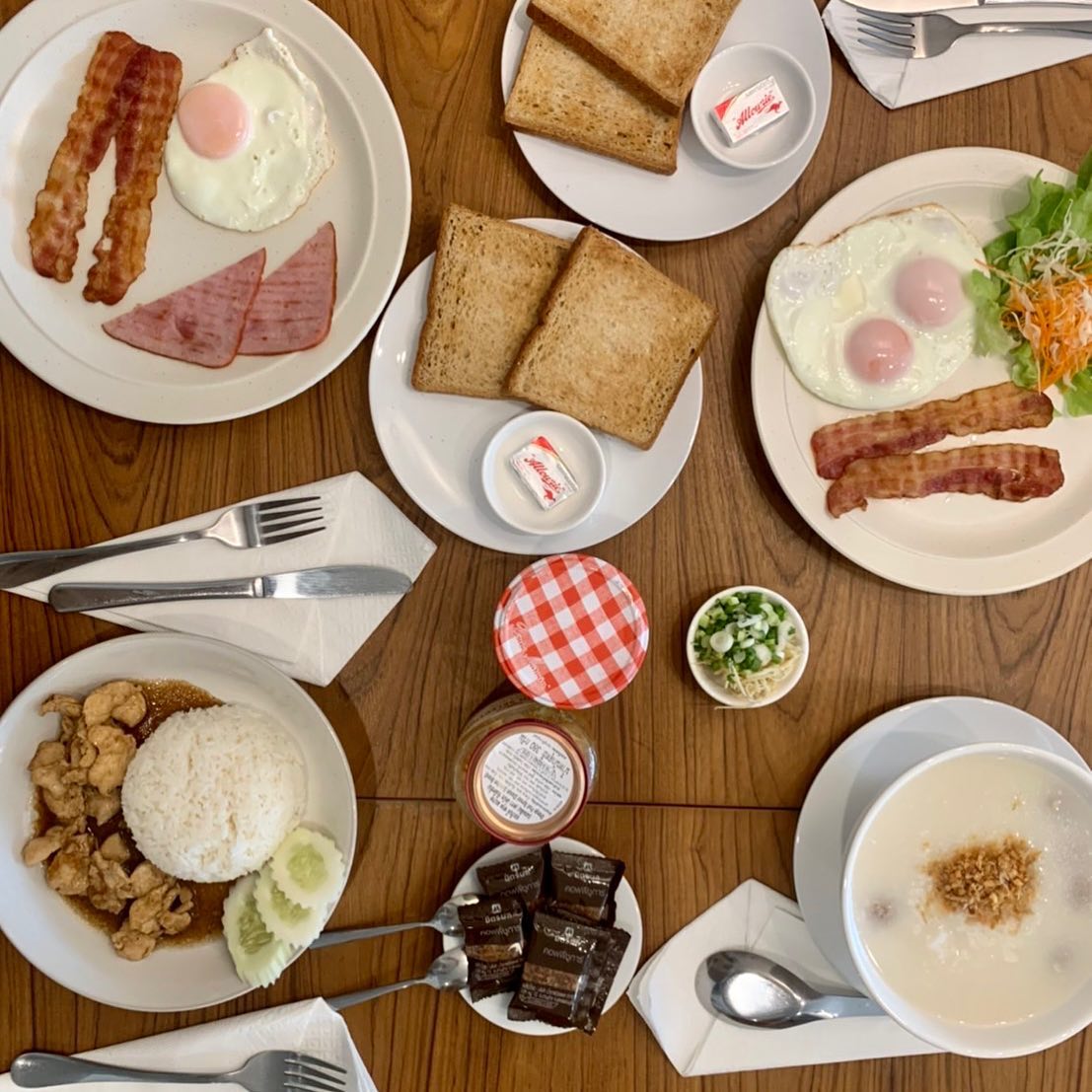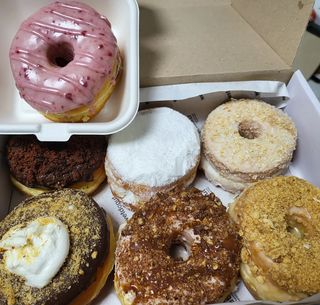Fresh coffee is a game-changer. Whether you brew it at home or enjoy it at your favorite café, the freshness of your coffee beans has a direct impact on the taste, aroma, and overall experience. Freshly roasted beans release their most vibrant flavors and offer the smoothest, richest cups. But how can you tell if your coffee is still fresh? In this quick guide, we’ll show you simple ways to determine the freshness of your coffee and ensure you’re always enjoying the best brew.
Check the Roast Date on the Bag
Why It Matters:
The roast date is your first clue in determining the freshness of coffee. Unlike expiration dates, which typically tell you when food is no longer safe to consume, the roast date tells you when the coffee was roasted, which is crucial for flavor.
What to Look For:
- Freshness Window: Coffee is typically at its peak flavor between 7 and 14 days after roasting. After this, it starts to lose its vibrant flavors and may taste flat.
- Look for a Recent Date: Avoid buying coffee that’s been sitting on the shelf for months. A bag labeled with a roast date within the last two weeks is usually your best bet.
Smell the Coffee
Why It Matters:
The aroma is one of the easiest ways to determine if your coffee is fresh. Fresh coffee should have a strong, rich, and inviting fragrance. If your coffee smells dull or has a musty scent, it’s likely lost some of its freshness.
What to Look For:
- Aromatic Freshness: Freshly roasted coffee has a vibrant, complex scent with hints of roasted beans, chocolate, or floral notes, depending on the origin.
- Flat or Stale Smell: If your coffee smells flat, sour, or like cardboard, it’s a sign that it’s past its prime.
Examine the Beans’ Appearance
Why It Matters:
The appearance of the coffee beans can also give you clues about their freshness. Fresh beans will have a shiny, oily surface due to the natural oils that are released during roasting. Over time, these oils oxidize and dissipate, making older beans look dry and dull.
What to Look For:
- Shiny Beans: Fresh beans, especially those roasted within the last week or so, will have a noticeable sheen. This oil is a sign of freshness and full flavor.
- Dull Beans: If your coffee beans look matte and dry, they’ve likely been sitting for a while and may no longer provide the rich flavor you’re looking for.
Perform the “Freshness Squeeze” Test
Why It Matters:
When you press freshly roasted coffee beans, they should release some gas due to the natural carbon dioxide trapped inside. This gas is a byproduct of the roasting process and helps preserve freshness. If the beans don’t release gas, they’ve likely lost their peak freshness.
What to Look For:
- Fresh Beans: Fresh beans will hiss or release small bubbles when squeezed, indicating the presence of carbon dioxide.
- Stale Beans: If the beans don’t release gas or make a sound when you press them, they’ve probably aged past their optimal freshness.
Listen for the “Crack” When Brewing
Why It Matters:
The first crack is a key indicator of freshness during brewing. As coffee beans are brewed, the release of carbon dioxide (CO2) can cause the beans to “crack” or make a popping sound. This is a sign of fresh coffee, as CO2 is more prevalent in beans that have recently been roasted.
What to Look For:
- Freshly Brewed: If you hear a faint popping or cracking sound during brewing, it means your beans are still fresh, and they’ll likely produce a flavorful cup.
- No Sound: If you don’t hear anything or the cracking sound is muted, your beans may be too old, affecting the flavor and aroma.
Taste the Coffee
Why It Matters:
Taste is the ultimate test of freshness. Fresh coffee beans should taste bright, rich, and flavorful, with a noticeable complexity of flavors. As beans age, they can develop flat, bitter, or sour tastes due to the breakdown of their essential oils.
What to Look For:
- Bright and Complex: Fresh coffee will have a lively, well-rounded taste with a mix of acidic, fruity, and/or chocolaty notes, depending on the roast.
- Flat or Bitter: If your coffee tastes bitter, sour, or overly bland, it’s likely past its prime. Stale coffee can also taste less vibrant or overly acidic.
Storage Matters: Keep Your Coffee Fresh Longer
Why It Matters:
Proper storage is key to maintaining your coffee’s freshness after it’s been opened. Coffee beans start losing their flavor as soon as they’re exposed to air, light, and moisture, so the way you store them can significantly impact how long they stay fresh.
Tips for Storing Coffee:
- Airtight Container: Store your coffee in an airtight container to prevent oxygen from breaking down the beans.
- Cool, Dark Place: Keep your beans in a cool, dry place away from direct sunlight and heat, such as a pantry or cupboard.
- Grind Just Before Brewing: Grinding coffee releases essential oils and speeds up the aging process. Grind your coffee just before brewing to maintain its freshness.
More About: Top 5 Coffee Shops in Rhyl
Know When to Toss It
Why It Matters:
Even with the best storage methods, coffee beans don’t last forever. If you’re unsure about the freshness of your beans, trust your senses. When beans have lost their aroma, taste, and natural oils, it’s time to say goodbye.
What to Look For:
- Off Smells: A rancid, moldy, or sour smell is a sign that the coffee has gone bad.
- Taste: If your coffee tastes stale or unpleasant, it’s likely too old to brew a good cup.
Read More: Types and Variety of Coffee
Conclusion: Fresh Coffee = Better Coffee
The freshness of your coffee has a direct impact on the quality of your brew. By paying attention to roast dates, smells, looks, and tastes, you can easily determine if your coffee is fresh and ready to brew. Always choose freshly roasted beans for the best flavor and aroma, and store them properly to extend their shelf life. Remember, coffee should be enjoyed at its peak, so make sure you’re getting the freshest cup possible!
Frequently Ask Questions (FAQ’s)
Check the roast date, smell the beans, and look for a shiny surface. Fresh coffee will have a rich aroma and vibrant taste.
Coffee beans are best enjoyed within 7 to 14 days of roasting. After that, they begin to lose flavor and aroma.
Store coffee beans in an airtight container, in a cool, dark place, away from moisture, heat, and light.
Fresh coffee beans release CO2 when squeezed. If the beans don’t release gas, they’re likely stale.
While stale coffee may not taste as good, it’s still safe to drink. However, for the best flavor, always aim for fresh beans.
